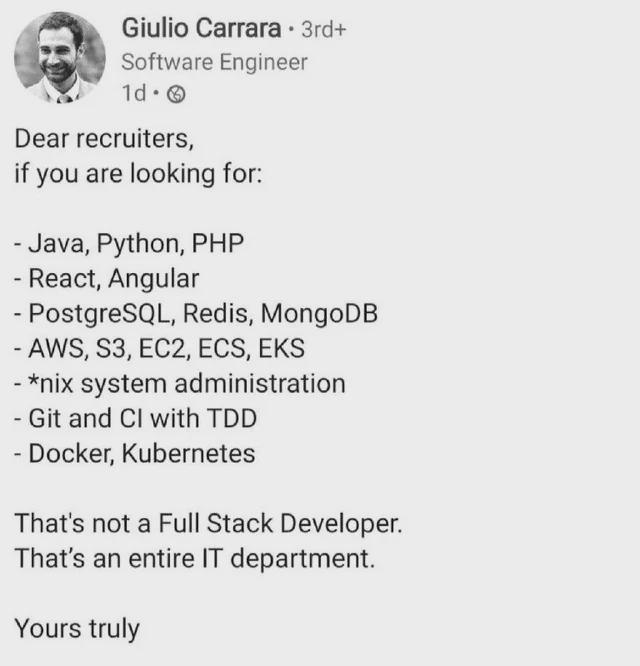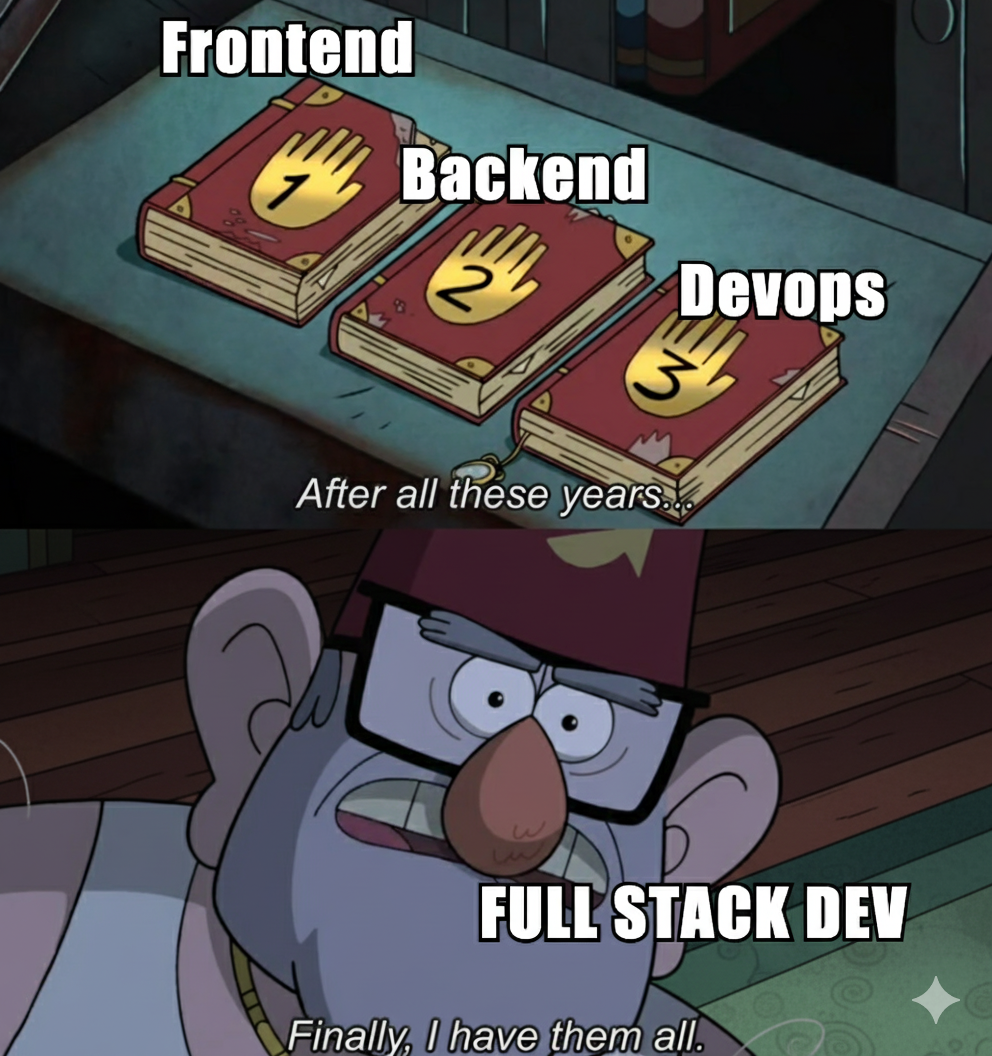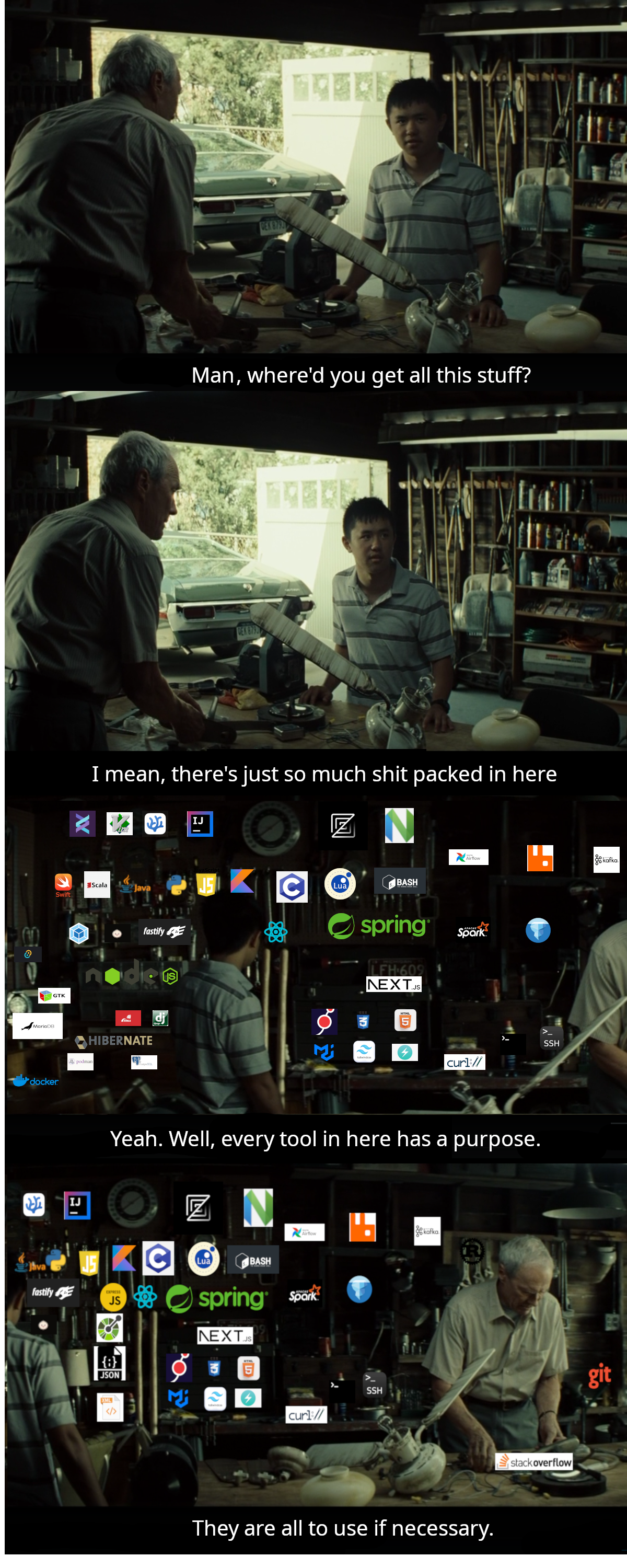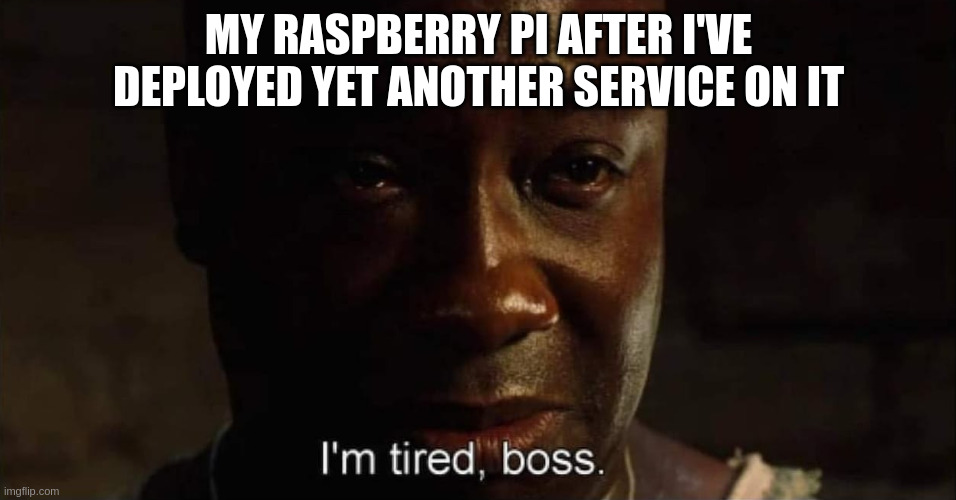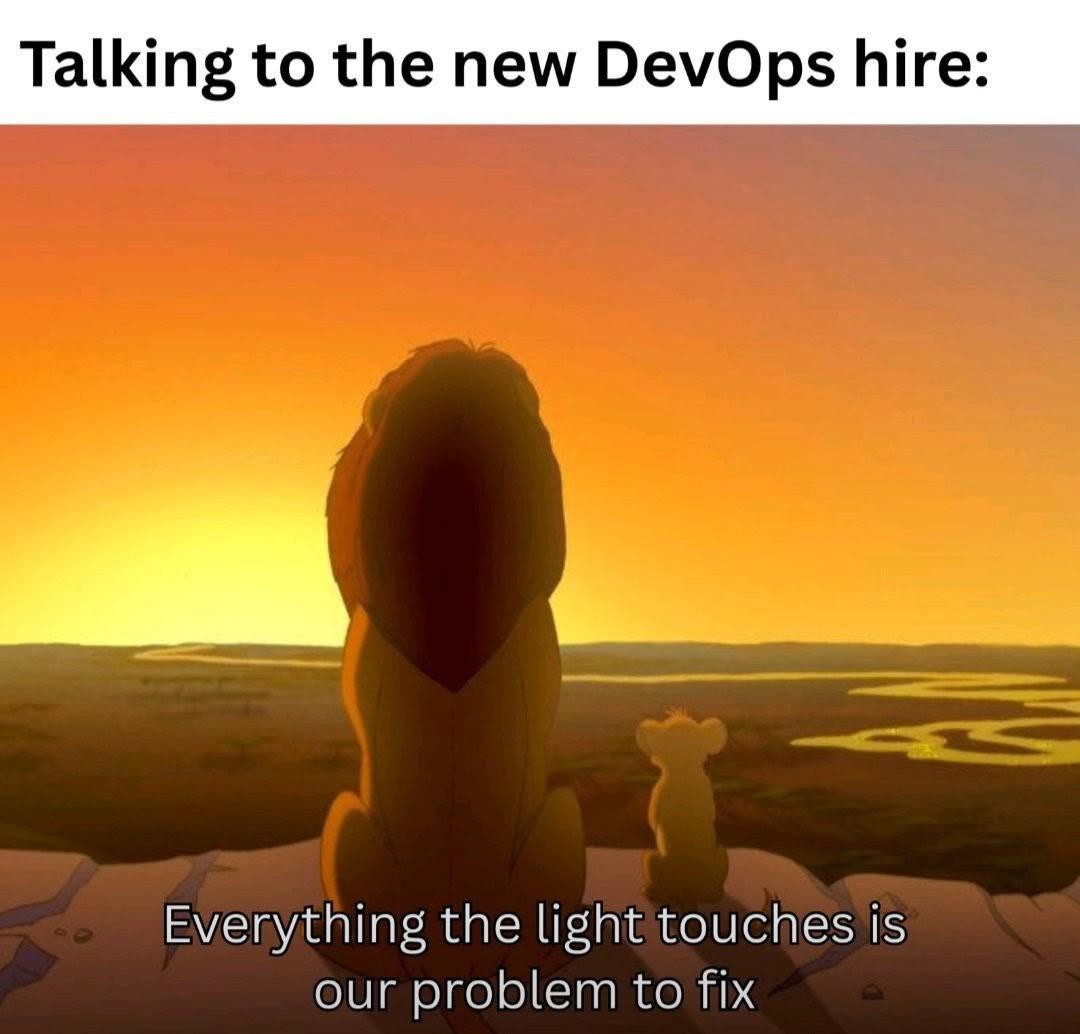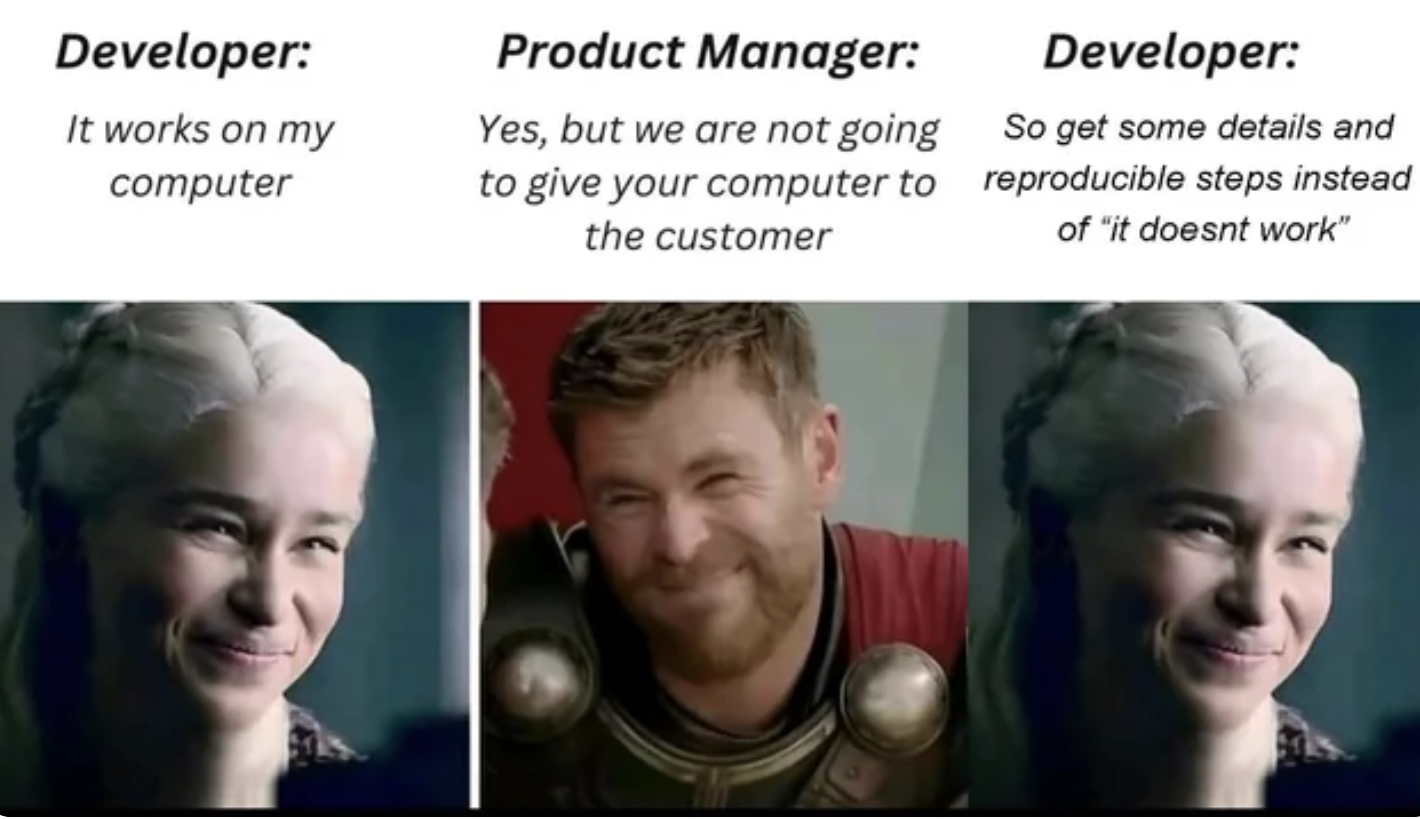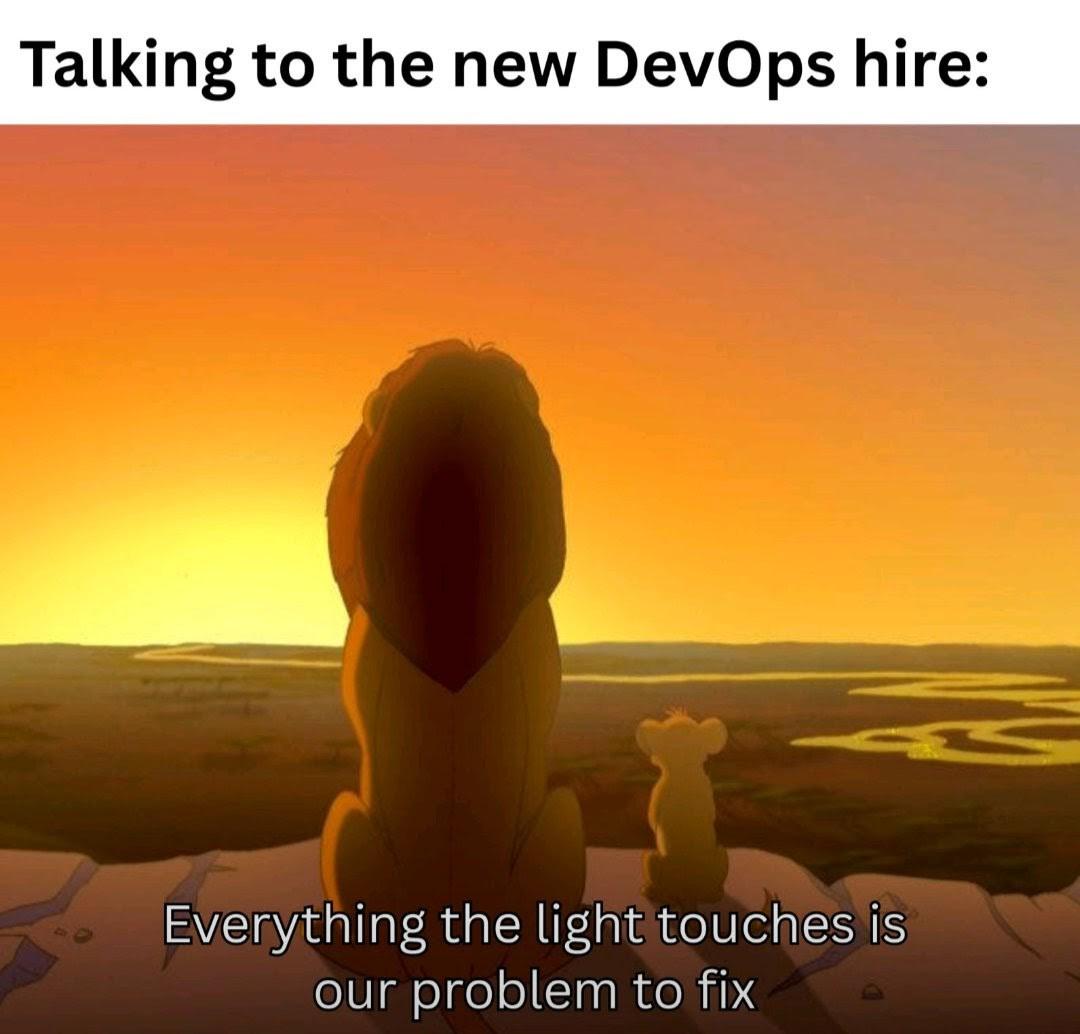HTTP 418: I'm a teapot
The server identifies as a teapot now and is on a tea break, brb
HTTP 418: I'm a teapot
The server identifies as a teapot now and is on a tea break, brb
Docker Memes
Docker: where "it works on my machine" became "it works in my container" and troubleshooting became even more abstract. These memes celebrate the containerization technology that promised to solve dependency hell and instead created a whole new category of configuration challenges. If you've ever created images larger than the application they contain, spent hours optimizing layers only to save a few megabytes, or explained to colleagues why running containers in production is more complex than on your laptop, you'll find your containerized community here. From the special horror of networking between containers to the indescribable satisfaction of a perfectly crafted Dockerfile, this collection honors the technology that made deployment more consistent while ensuring DevOps engineers are never unemployed.

 AI
AI
 AWS
AWS
 Agile
Agile
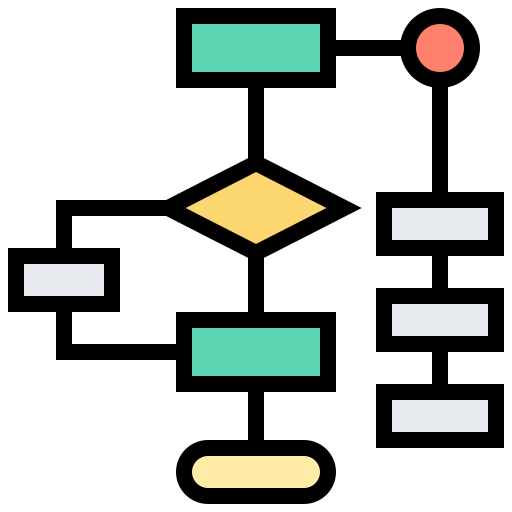 Algorithms
Algorithms
 Android
Android
 Apple
Apple
 Bash
Bash
 C++
C++
 Csharp
Csharp
